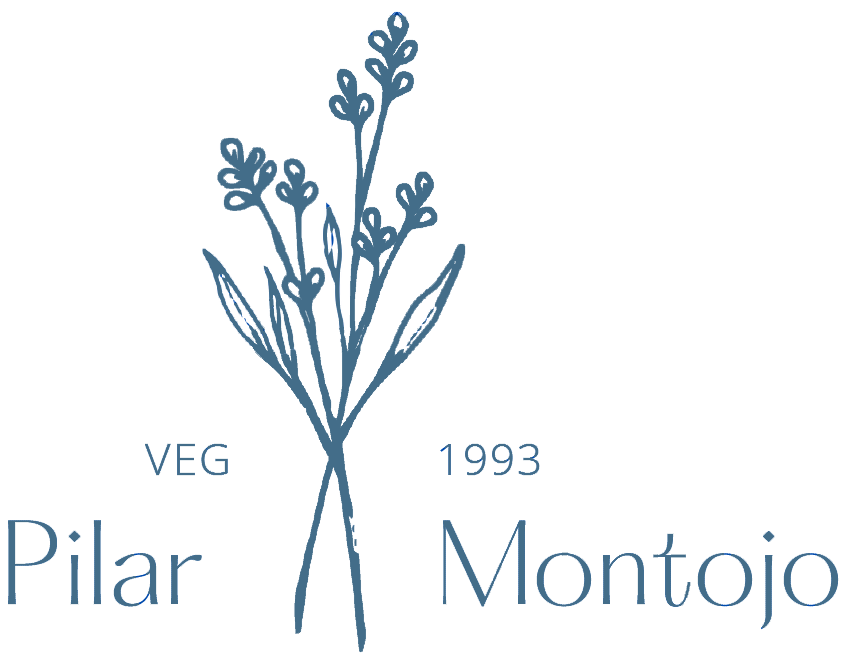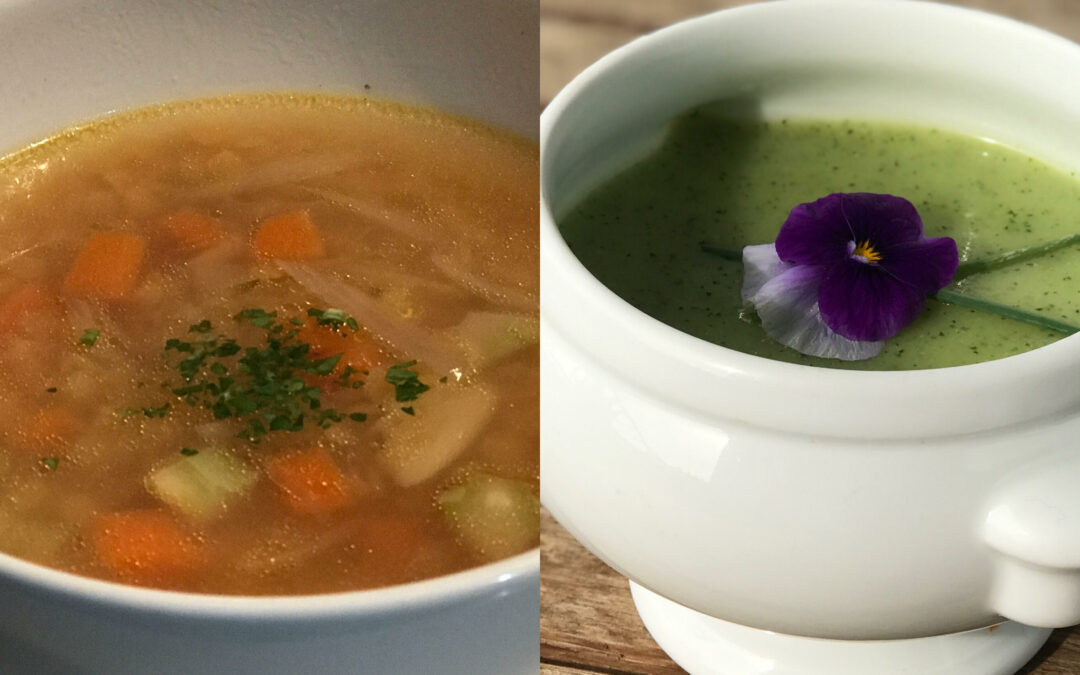After the Christmas holidays and celebrations, our body has been stressed by eating a large quantity and diversity of food. Overeating can lead to indigestion by the simple fact of draining the allowed volume of the stomach and consequently, the possibility of having a reflux of acids into the esophagus. In addition to reflux, gas and bloating, it is also accompanied by weight gain and changes in appetite hormones.
That is when we have to help our stomach to regulate the digestive system again through easy-to-digest preparations in order to restore health to our stomach, the microbiota and the digestive system in general. They must be preparations that do not use a lot of energy by our body in their absorption and can restore the microbiota in the intestines, our second brain. These preparations are soups, broths and creams, liquid preparations with few ingredients and boiled cooking that is very easy for our digestive system to assimilate. They are eaten with a spoon and are not chewed, rather they are sipped, so the grinding work is basically nil. In order to be also curative, foods that have some exceptional property are used, such as garlic or onion, which are cardiovascular or prebiotic.
All these elaborations mentioned have two great points in common: hydration and heat. Heat is essential for personal restoration, in general. In cold times they are also highly recommended to warm up the whole body and help not catch so many colds. Maintaining body temperature is vital and there should be no significant decompensation. The well-being that human beings feel when eating hot food is vast: it relaxes the stomach, they are more digestible, the flavors are more noticeable and the chewing, swallowing and absorption process slows down. The downside of heat is the nutritional loss of water-soluble vitamins in cooking. Avoid making these liquid delicacies with high temperatures and excessive cooking times.
Hydration is also a really important point. We are made up of 60-70% water in general (we have different percentages depending on the organ) so all the functions of our body basically need water. Digestion is no different, and protein and fat are the nutrients that need the most water for assimilation. These liquid preparations allow you to restore the level of body fluids lost due to excess food and consequent digestion, and to maintain optimal hydration for recovery.
All these tips and knowledge can also be transferred when we are convalescing. When we are going through a cold, malaise or any minor illness, the body must fight with all its energy against said disease. The human body cannot allocate a lot of energy to digestion, which by the way, needs a lot to carry out the entire digestive process. Not hindering the destination of energy towards the recovery of health should be our objective, that is, through light work such as the consumption of soups and broths, some simple and easily assimilated preparations.
The consumption of these preparations also help in weight loss diets because they are very satiating. According to a study carried out, these liquid foods are more satiating than solid foods even though they have fewer nutrients. Surely the volume it occupies in the stomach influences the feeling of fullness. Consuming soups and creams at the beginning of meals is a good strategy to lose weight day by day and stay hydrated.
As for the most suitable time for its consumption, it is at dinner, although it is perfect as a starter for any meal. At night before going to bed, it is the moment in which we are going to rest and where we have a minimum consumption of calories. We do not need energy to sleep but we do need comfort to help fall asleep through body heat and little digestive work to be done.
The soup and the broth are preparations that help to cleanse, hydrate and revive our digestive system. It would be necessary to first define what is a broth and what is a soup. And perhaps it will be necessary to add what is a cream. Initially we are going to see the different nuances of these elaborations according to the Wikipedia dictionary* and later I am going to add data from my own culinary experience.
*A broth is, in gastronomy, a liquid that results after boiling one or more ingredients in water, usually meat, fish or vegetables (that is, a stock) to which cereals, pasta, vegetables are added.
The broth is a nutrient replenisher, like an isotonic food. I also consider it a cleanser for our entire digestive system: hot water with minerals that quickly acts as a plunger.
It is absorbed almost immediately and allows us to warm up instantly. If it is a vegetable broth, you have to cook it for a maximum of 15-20 minutes and if it is prepared at a low temperature, the nutrients are better used.
*Soup is a culinary preparation consisting of a food broth and one or more solid ingredients (vegetable or meat products) cooked in it.
The soup is made from a broth, although it is not strictly necessary. The soup allows us to mix liquid and solid foods at the same time, providing the best of each of them: hydration, solids with a contribution of extra nutrients and a bit of chewing that makes it even more satiating. A complete soup, for example, has it all: protein, carbohydrates, vitamins and minerals. Then it can be eaten as a single dish.
*Cream is called a type of soup similar to a creamy puree, where the egg is optional. The base consists of a béchamel or velouté sauce, mixed with crushed vegetables and enriched with milk or cream.
This classic French definition has gradually dissipated to what is now known as a liquid puree of a specific ingredient with which it is to be named and thickened with starchy vegetables to avoid flour. They are also not necessarily enriched with fats.
Apart from eating all these elaborations as a dish, they can also be used to complement or be the basis for other dishes. Decorating them with different elements with crunchy textures, special cuts or simply seeds and nuts complement said preparation on a nutritional level. It can also be the destination of small amounts of food or leftovers from other meals, so they help to recycle food from our fridge. They are easy to prepare, fast, succulent, they fill us up and can be a good dinner. In addition, they can be made in larger quantities to save energy in the stove and they freeze very well due to the high water content. I recommend doing it in portions for quick defrosting.
Now that we know what type of gastronomic preparations are better when we feel bad and their versatility, we must know how to make some basic soups, creams and broths. We are going to make a series of videos with soups, broths and creams to have as a base to give ideas to your creativity. Be encouraged to cook soups, broths and creams, they are all benefits.
Vegetables soup
Garlic soup
Red Lentil Soup
Miso soup
Cream of zucchini

